 |
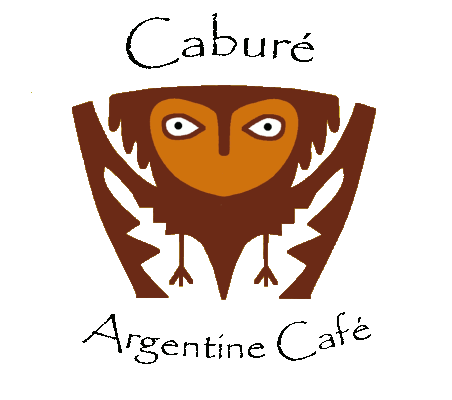 |
We are now offering chocolate tours to interested visitors. During the tour we demonstrate the process of chocolate making, beginning with the cacao bean and ending with the production of hand-dipped truffles. The tours are in English and are being given every day of the week, at 1pm and 4pm, except Monday when we are closed. We encourage visitors to call us to let us know that they are coming (tel: 2645-5020). |
A Cacao PodWe begin the tour by exhibiting the fruit of the cacao tree, which we lovingly call a "Cocoa Pod". Inside the pod there are 35-50 seeds, each one surrounding by a sweet white fruit pulp. In South America the white fruit pulp, which has a very high sugar content, was used by pre-colombian indigenous people to made a sweet and sometimes alcoholic drink. However, in was in Central America where indigenous tribes first learned how to ferment cacao beans to make chocolate. |
 |
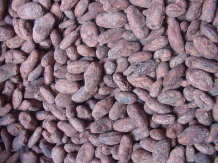 |
Cacao seeds or beansAt this stage in the tour visitors are shown cacao beans, already fermented and dried, that we buy from local farms. Our guide explains the process of fermentation, and how that effects the taste of chocolate. Tour members have the opportunity to touch and smell the beans. Before going on to the exhibits, the roasting process is started by placing 1/5 of a kilo of cacao beans into an electric roaster. In this way, the smell of roasting beans permeates the salon during the rest of the tour. |
Graphical exhibitsIn this interpretive part of the tour, we discuss the biology and history of cacao, as well as the development of chocolate. Our exhibits consist of 4 panels which are summarized as follows: 1) The cacao tree and its natural history. 2) The distribution and production of cacao and the production of chocolate around the world. 3) The origin of chocolate and the importance that it had in precolombian indigenous cultures. 4) The history of the development of chocolate, principally in European countries. |
 |
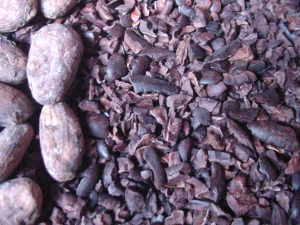 |
Cacao “Nibs”By now the beans are fully roasted. Before they are finely ground, they are broken up into small pieces by a small mechanical mill. Another simple machine is then used to "winnow" the beans to remove the shells. This produces small pieces of roasted cacao called "nibs", which are edible, and guests are given the opportunity to taste them. |
Conching the nibsFor the visitor, this part of the tour is perhaps the most surprising. Using a small juicing machine, the cacao nibs are transformed directly into liquid chocolate. We then mix the chocolate with other ingredients, such as sugar, milk and vanilla, to make a hot chocolate drink that is quite similar to what the indigenous cultures originally made. |
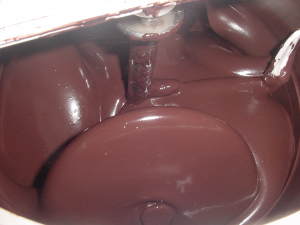 |
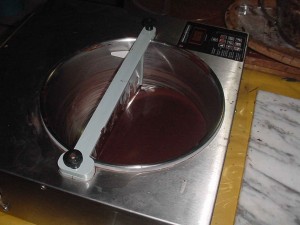 |
Making chocolateThe final part of the tour is the actual making of a finished chocolate product- for example a chocolate covered marshmallow. This part of the tour can be very interactive and each person is offered the chance to participate. When making a truffle, a small round chocolate center of a particular flavor is dipped into a bowl of melted tempered chocolate and then allowed to harden. |
Making a “truffle”After it has been dipped the truffle or marshmallow is placed on a tray to dry. At this time the chocolate is still soft, which is the ideal time to paint a design on top. The design, made up mostly of food coloring and sugar, helps to identify the truffle in the future. |
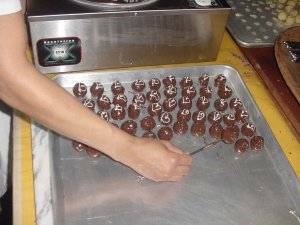 |
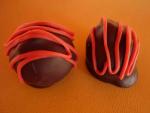 |
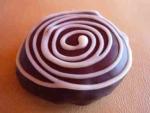 |
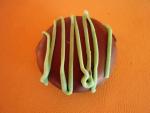 |